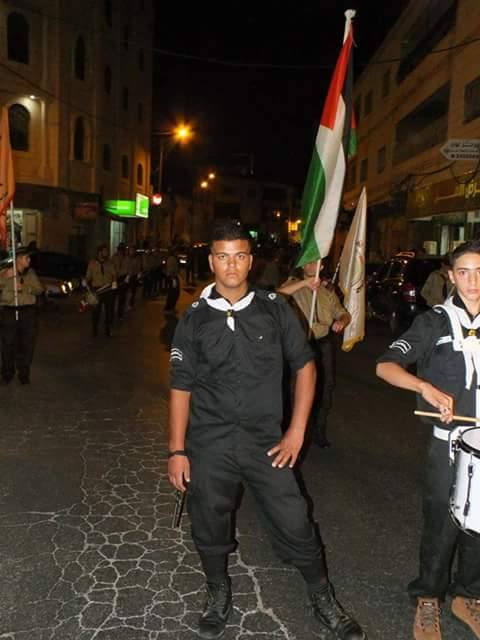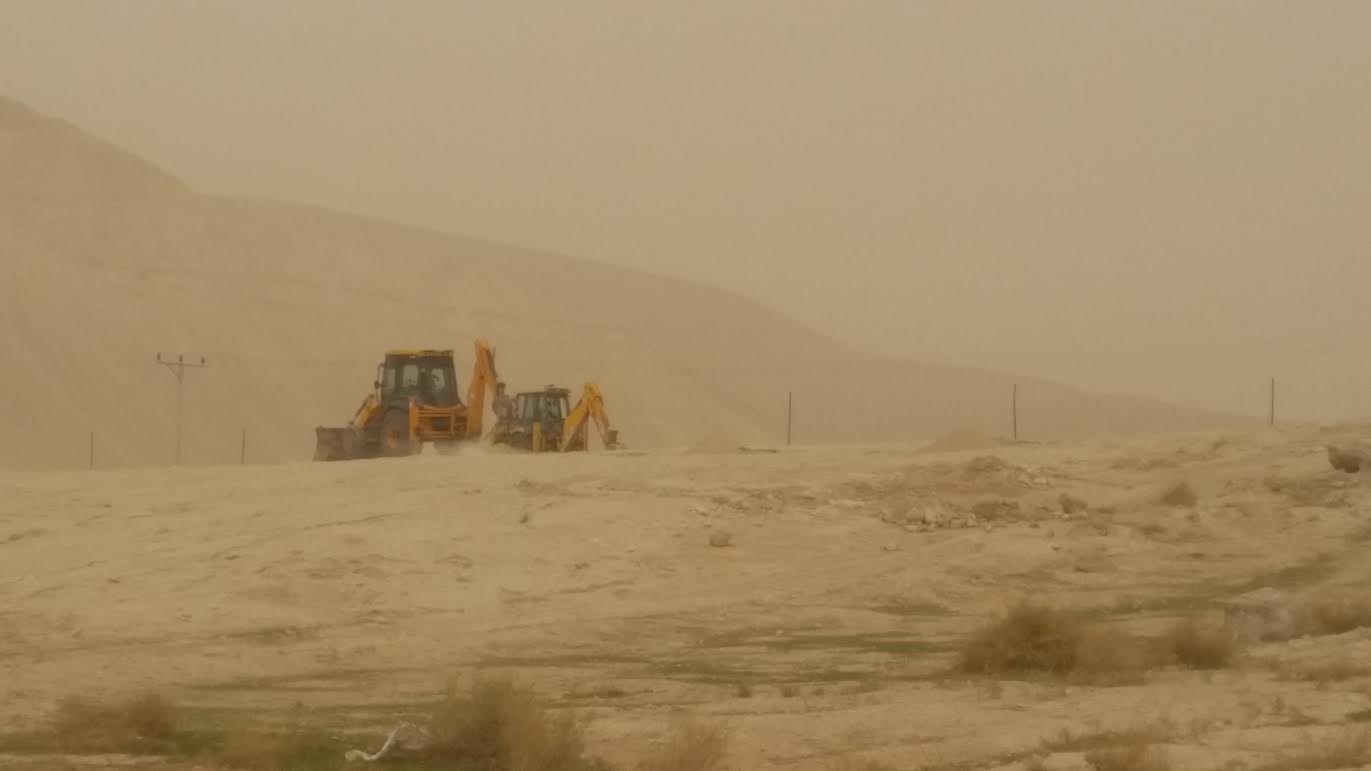Category: Features
-
URGENT Update: Help Hamzeh start 2016 with his family!
30th November 2015 | International Solidarity Movement | Ramallah, occupied Palestine Hamzeh’s family has managed to raise 1880 shekels! This is over half of the amount needed so that Hamzeh can come home in seven days! We still need 564.5 dollars to pay his fine to release him. Hamzeh was taken from his home in…
-
Further land grabbing in Jordan Valley
31st December 2015| International Solidarity Movement, Nablus Team | Jordan Valley, Occupied Palestine During the past 6 months, the Jordan Valley Solidarity Campaign has registered further land grabbing in Fasayal village in the Jordan Valley. The land, which originally belonged to a Palestinian owner, was invaded 6 months ago by Israeli authorities accompanied by settlers from…
-
Israeli forces using skunk-water as a form of collective punishment
30th December, 2015 | International Solidarity Movement, al Khalil team | Al Khalil, occupied Palestine On 30th December 2015, Israeli forces showered the Abu Sneineh neighbourhood in occupied al-Khalil (Hebron) in tear gas and shot skunk water at family homes and a kindergarten. When students at the schools in the Abu Sneineh neighbourhood were leaving…



